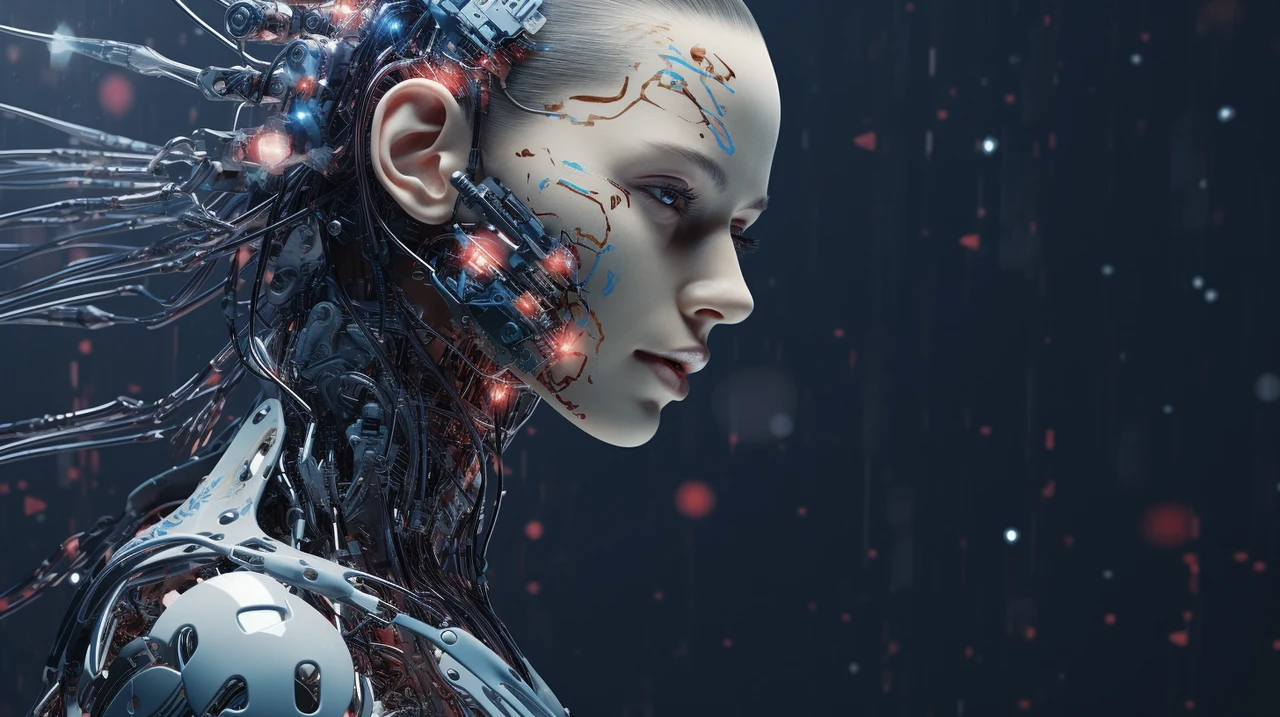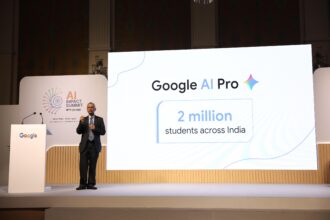The age of artificial intelligence is rushing towards us, and according to one of the field’s leading figures, a pivotal moment could arrive sooner than many think. Demis Hassabis, the CEO of Google DeepMind, the AI research lab at the forefront of the technology, offers a compelling, and perhaps a little unsettling, look at the near future: artificial general intelligence (AGI), systems capable of human-level cognitive abilities, could be just five to ten years away. Yet, despite this breathtaking potential, Hassabis points to a fundamental human trait that today’s most advanced AI still distinctly lacks: imagination.
This prediction, shared in recent interviews including on CBS News’ 60 Minutes, paints a picture of rapid progress, an acceleration fueled by years of dedicated research and significant investment. Hassabis, a computer scientist and neuroscientist who has long pursued the grand challenge of creating intelligent machines, suggests that the pieces are falling into place for systems that can understand, learn, and apply knowledge across a wide range of tasks, much like a person.
Think about the strides already made. DeepMind’s AlphaFold revolutionized biology by accurately predicting the structure of 200 million proteins in a single year, a task that would have taken humans vastly longer. Google’s Gemini model is learning to interact with the world in more complex ways, aiming to handle everyday tasks. These examples, while impressive, represent sophisticated pattern recognition and problem-solving within defined parameters. They operate based on the immense datasets they were trained on, essentially becoming incredibly adept at identifying and extrapolating from existing human knowledge.
And this is where the notion of imagination becomes critical. Hassabis argues that while current AI can process and generate information based on what it has seen, it struggles to originate truly novel ideas, to form new hypotheses that go beyond the existing body of human understanding. It can remix, analyze, and predict with incredible speed and scale, but it doesn’t yet possess that spark of true creativity – the ability to conjure something entirely new, unbidden by existing data points.
Imagine a scientist working on a cure for a disease. They don’t just analyze existing research; they form intuitive leaps, propose unconventional experiments, and envision possibilities that have never been explored. This is imagination at work – the capacity to mentally construct scenarios and ideas that don’t yet exist in reality or in the training data. Hassabis believes this is a key difference between current AI and the AGI of the future he envisions.
His timeline for AGI, while seemingly aggressive, is rooted in the exponential curve of improvement he sees in AI development. The field is attracting immense talent and resources, leading to breakthroughs that build on each other at an accelerating pace. However, this speed also brings into sharp focus the capabilities that remain just beyond reach.
While some in the AI field offer even shorter timelines for AGI’s arrival, Hassabis’s five-to-ten-year window reflects a more cautious, perhaps more scientifically grounded, perspective. It acknowledges the significant research challenges that still need to be overcome, particularly in areas like real-world understanding and, crucially, developing systems that can exhibit something akin to curiosity and imagination – the drive to ask why and to explore the unknown.
The potential implications of AGI are vast, spanning from solving complex scientific problems like climate change and disease to transforming industries and daily life. Hassabis himself has spoken optimistically about AI’s potential to help cure all diseases within the next decade, significantly reducing the time and cost of drug discovery. He also talks about the possibility of achieving “radical abundance,” where AI-driven efficiencies could eliminate scarcity in many areas.
But with such power comes significant responsibility. Hassabis is a vocal advocate for building guardrails and safety limits into AI systems as they become more capable. The concern is that without careful design and oversight, advanced AI could be misused or could behave in unpredictable ways. He suggests the need for international collaboration, perhaps drawing inspiration from models like CERN, the European Organization for Nuclear Research, to ensure the safe and responsible development of AGI for the benefit of all humanity.
The journey to AGI isn’t just a technical one; it’s a philosophical and societal one. As AI systems gain more advanced capabilities, questions about consciousness, creativity, and the very nature of intelligence become more pressing. While Hassabis states that current AI systems do not possess self-awareness, the path to AGI requires grappling with these complex concepts.
Demis Hassabis’s vision is one of immense potential, tempered with a clear understanding of the challenges ahead. He sees a future where AI becomes an indispensable tool for human progress, capable of tackling problems currently beyond our reach. But he also recognizes that the path to that future requires not just continued technical advancement, but also a deep consideration of the human qualities that make us unique – qualities like imagination, which, for now, remain firmly in the human domain. The next five to ten years could fundamentally change our world, bringing us closer to machines that can reason and solve like us, but the ability to truly dream up the never-before-seen? That still seems a little further away.



















